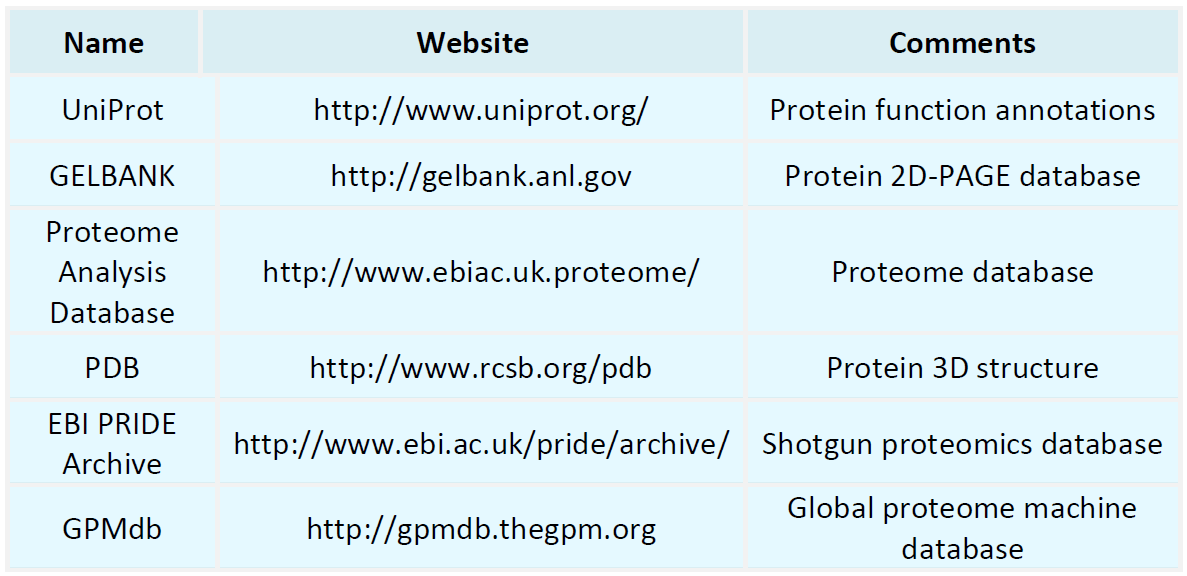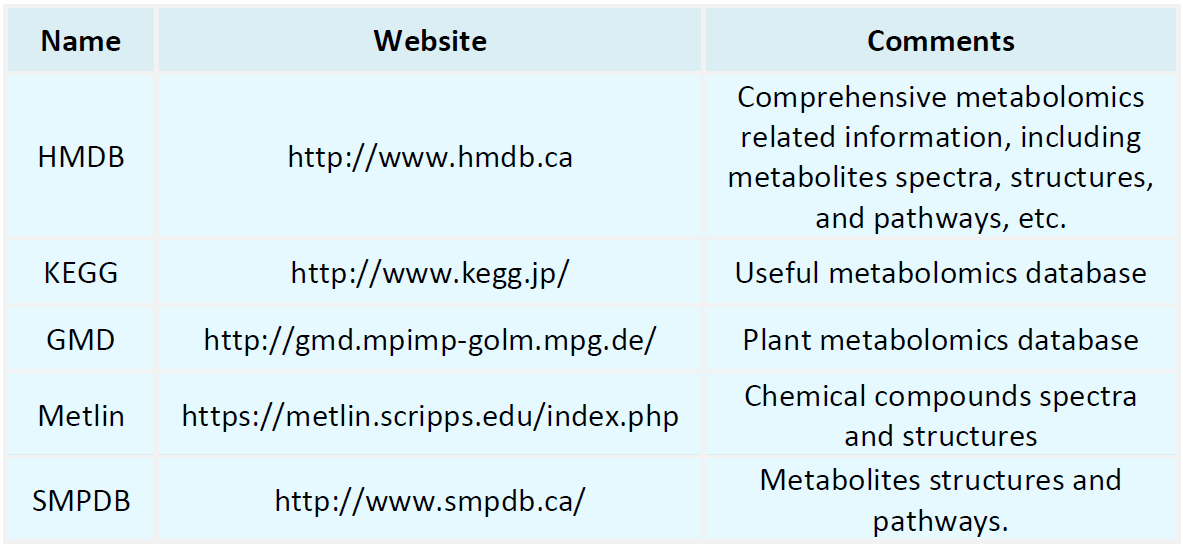Resources
Proteomics Databases

Metabolomics Databases

-
• How Can ABPP Address the Functional Limitations of Transcriptomics?
In the current era of increasingly comprehensive multi-omics data, transcriptomics remains one of the principal approaches to elucidate gene regulatory mechanisms. Technologies such as RNA-Seq enable researchers to systematically characterize gene transcription under diverse conditions. Nevertheless, the assumption that expression equates to function faces an inherent limitation: changes at the transcriptional level do not necessarily correspond to alterations in protein activity. This is precisely th......
-
• How to Perform Untargeted Metabolomics?
Untargeted metabolomics refers to the comprehensive analysis of thousands of metabolites in biological samples using high-resolution mass spectrometry techniques (e.g., LC-MS/MS or GC-MS), without predefining target compounds. This approach aims to capture metabolic perturbations arising from disease, environmental changes, or pharmacological interventions. Untargeted metabolomics is a small-molecule profiling strategy designed to systematically detect as many metabolites as possible in a given sample......
-
• Application of Protein Sequence Analysis in Structure–Function Prediction
Proteins represent the fundamental functional molecules of biological systems, with structure and function being intrinsically interdependent. With the rapid advancement of high-throughput sequencing technologies, the volume of protein sequence data has expanded exponentially. The efficient interpretation of sequence information, along with the prediction of protein three-dimensional structures and associated biological functions, has therefore emerged as a central challenge in life sciences. This art......
-
• How TIMS Technology Improves Depth in 4D Proteomics Analysis?
Proteomics, as a pivotal analytical methodology for elucidating life processes and disease mechanisms, has witnessed substantial advancements in recent years. Particularly in areas such as the investigation of low-abundance proteins, biomarker discovery, and the elucidation of signaling pathways, researchers have set increasingly stringent demands on the depth of protein identification. Here, identification depth not only denotes the total number of identifiable proteins but also reflects the capacity......
-
• Key Applications of Protein Purity Analysis in Therapeutic Protein Development
In the development of therapeutic proteins, including monoclonal antibodies, recombinant proteins, and fusion proteins, protein purity analysis constitutes not only a fundamental aspect of product quality but also a critical step for ensuring drug safety, therapeutic efficacy, and successful regulatory approval. Ensuring Drug Safety 1. Minimizing Immunological Risks Insufficient protein purity often indicates the presence of contaminating proteins, degradation products, or aggregates, which may elici......
-
• How to Perform Shotgun Proteomics Using Tandem Mass Spectrometry (MS/MS)?
In contemporary proteomics, shotgun proteomic analysis integrated with tandem mass spectrometry (MS/MS) enables the high-throughput identification and relative quantification of thousands of proteins within complex biological systems. This approach is extensively applied in basic research, elucidation of disease mechanisms, and biomarker discovery. Here, we provide a systematic overview of the conceptual framework and methodological details of MS/MS-based shotgun proteomics, offering both theoretical ......
-
• What Is Untargeted Metabolomics?
Untargeted metabolomics is an analytical approach designed to comprehensively profile as many metabolites as possible within a given sample, characterized by broad coverage, a non-biased approach, and an exploratory nature. This methodology is primarily employed for the discovery of unknown metabolites, metabolic pathway screening, and elucidation of disease mechanisms, with extensive applications in life sciences, medicine, nutrition, and drug development. Technically, untargeted metabolomics typical......
-
• Advantages and Disadvantages of Protein Purity Analysis Techniques
Protein purity represents a fundamental quality attribute in biopharmaceuticals, proteomics, and basic life science research. With the accelerated advancement of biological product development and the commercialization of protein therapeutics, analytical technologies for protein purity assessment have undergone continuous refinement. Currently, commonly employed methods include sodium dodecyl sulfate–polyacrylamide gel electrophoresis (SDS-PAGE), liquid chromatography, reversed-phase high-performance ......
-
• What is the Difference Between Mass Spectrometry and High-Resolution Mass Spectrometry?
Mass spectrometry (MS) has become an indispensable analytical tool in modern life sciences, extensively applied in proteomics, metabolomics, drug discovery, clinical diagnostics, and numerous other research domains. In recent years, the broad adoption of high-resolution mass spectrometry (HRMS) has marked the transition of MS from a primarily quantitative tool to a comprehensive information-decoding system. HRMS not only enables the accurate distinction of minute mass differences but also provides pow......
-
• What are the Characterization Methods for Antibody Drugs?
Antibody drugs have emerged as a central pillar of modern biopharmaceuticals, with broad applications in oncology, autoimmune diseases, and infectious diseases. However, as structurally complex and functionally diverse macromolecular biologics, antibody drugs encounter significant technical challenges during development, particularly in achieving precise and comprehensive characterization of their physicochemical properties and biological functions. The quality of characterization not only determines ......
How to order?







